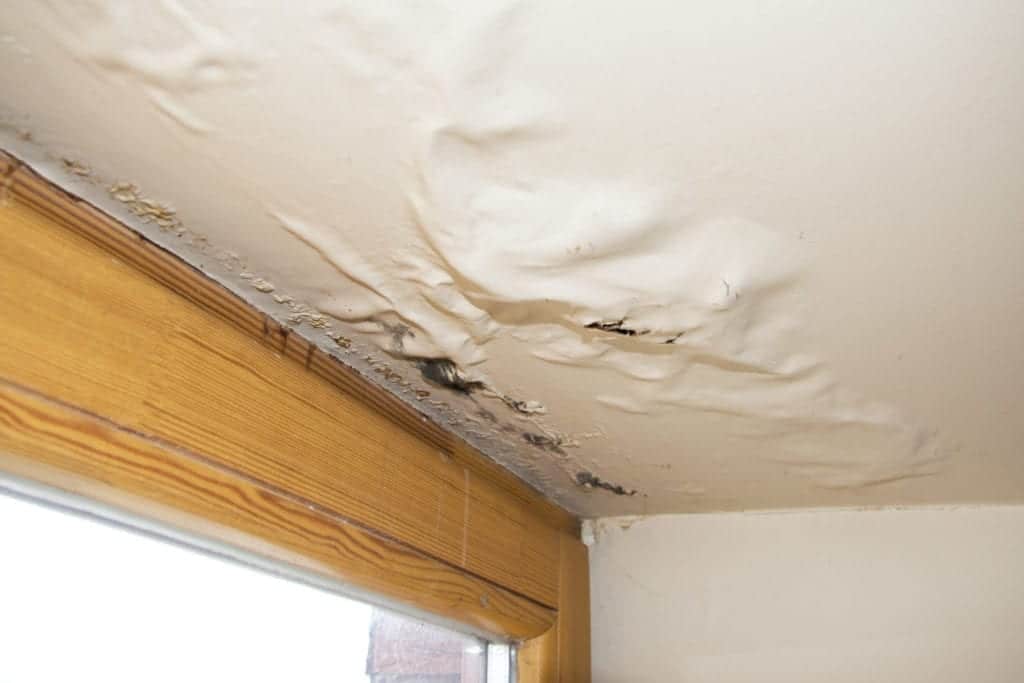Just how to Locate and also Repair Work Water Leaks-- A Comprehensive Guide
Just how to Locate and also Repair Work Water Leaks-- A Comprehensive Guide
Blog Article
Are you currently interested in critical information around Detecting hidden plumbing leaks?

Early discovery of leaking water lines can mitigate a prospective disaster. Some little water leaks might not be visible.
1. Take A Look At the Water Meter
Every house has a water meter. Inspecting it is a surefire manner in which aids you find leaks. For starters, shut off all the water sources. Ensure nobody will flush, utilize the tap, shower, run the cleaning machine or dishwasher. From there, most likely to the meter and watch if it will certainly change. Because no person is utilizing it, there must be no motions. If it moves, that shows a fast-moving leakage. Also, if you find no changes, wait an hour or two and inspect back again. This indicates you may have a slow-moving leakage that could even be below ground.
2. Inspect Water Intake
Evaluate your water expenses and also track your water consumption. As the one paying it, you must see if there are any disparities. If you spot sudden changes, in spite of your consumption being the same, it suggests that you have leakages in your plumbing system. Remember, your water expense must drop under the same variety on a monthly basis. A sudden spike in your bill suggests a fast-moving leakage.
On the other hand, a constant rise monthly, despite the same behaviors, reveals you have a slow-moving leakage that's likewise slowly escalating. Call a plumber to completely check your property, particularly if you really feel a warm area on your floor with piping underneath.
3. Do a Food Coloring Test
When it involves water consumption, 30% originates from commodes. Examination to see if they are running properly. Decrease flecks of food shade in the container as well as wait 10 minutes. If the shade somehow infiltrates your bowl throughout that time without flushing, there's a leakage in between the tank and bowl.
4. Asses Exterior Lines
Don't neglect to check your outdoor water lines also. Needs to water leak out of the connection, you have a loosened rubber gasket. One little leak can lose tons of water as well as spike your water bill.
5. Analyze the situation as well as evaluate
Property owners must make it a behavior to check under the sink counters as well as also inside cabinets for any kind of bad odor or mold and mildew development. These two red flags suggest a leakage so punctual focus is needed. Doing regular examinations, also bi-annually, can save you from a major problem.
Examine for stainings as well as compromising as most pipelines and also home appliances have a life span. If you believe dripping water lines in your plumbing system, don't wait for it to rise.
Early discovery of leaking water lines can mitigate a possible catastrophe. Some tiny water leakages might not be visible. Examining it is a proven way that helps you uncover leaks. One small leak can throw away lots of water and increase your water expense.
If you suspect dripping water lines in your plumbing system, don't wait for it to rise.
How to Know If Your Home Has a Hidden Leak
Water Meter Reveals Inexplicable Water Usage
If you’d like to test whether or not there’s a leak somewhere in your home, you can do this using your water meter. Here is how to conduct the test:
Don’t use any water in your home for at least 30 minutes; this also means not turning on faucets or water-using appliances.
Go outside, and check your water meter for activity.
If your water meter shows that there was activity, even though no one was using any water, this proves that there is a leak in your home.Visible Mold or Mildew Growth
Leaks behind walls create moist, dark environments that allow mold and mildew to grow and thrive. Eventually, you might see mold growth forming on the wall closest to a hidden leak.
If mold is growing in an area that receives a high amount of moisture, such as a bathroom, it may simply be an indication that better ventilation is needed. However, if you see mold growth on a wall or the ceiling in an area where you would not expect, you probably have a hidden leak.
Musty, Mildew Odor
Sometimes you might not be able to see the mold or mildew that is growing as a result of a leak. However, the smell can give the problem away just as easily. If you catch a whiff of something musty, there’s a good chance that old water is collecting somewhere in your home that you can’t see.
Stained/Warped Walls, Ceilings, or Floors
When your home soaks up water, a variety of red flags can become visible, including ceiling stains, bubbling drywall, warped walls, and sagging floors. While these issues can be caused by excess humidity, they can also be signs that a pipe or plumbing connection has started leaking behind your walls.
Inexplicably High Water Bill
After a while, you get a general sense for what your water bill should be. If you own a pool or sprinkler system, your bill will tend to be higher during summer. However, if you receive a water bill that seems especially high, and you can’t figure out what caused it, then you may have a hidden leak somewhere that’s increasing your bill.
https://www.plumbingjoint.com/blog/2019/july/how-to-know-if-your-home-has-a-hidden-leak/

I discovered that article on Finding hidden leaks while browsing on the internet. Enjoyed our entry? Please share it. Help other people find it. Bless you for your time. Visit again soon.
Report this page